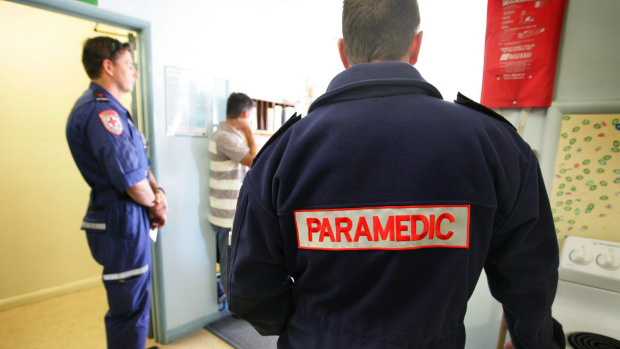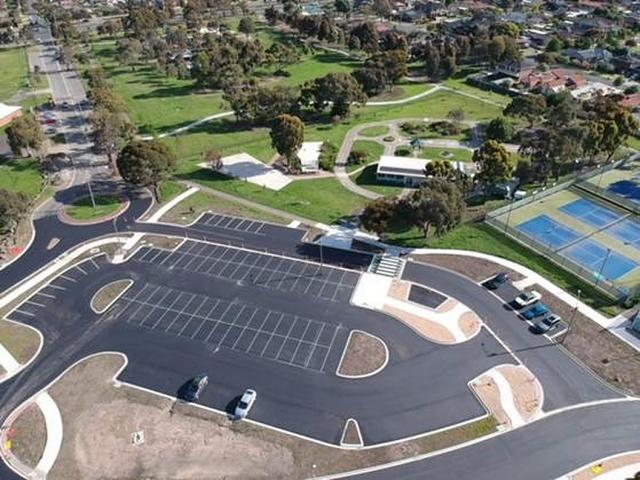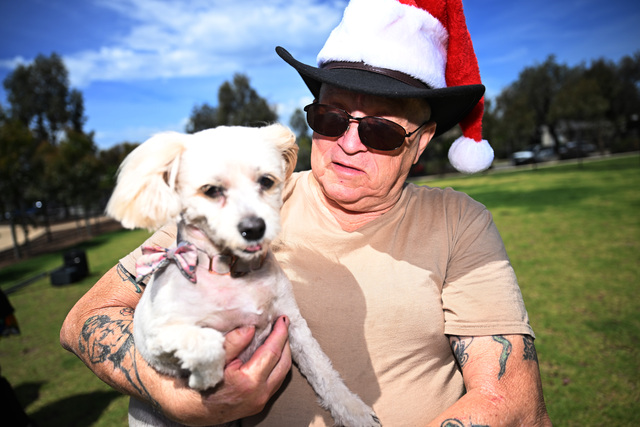There are “disturbing” rates of post traumatic stress disorder among Victorian paramedics who routinely face violence, sexual harassment and bullying in the course of their work, the Victorian Health Minister says.
Jill Hennessy said work underway to compare rates of post traumatic stress disorder, suicide, anxiety and WorkCover claims in the state’s ambulance service with analogous organisations nationally and overseas had revealed problems.
“Our early observations are quite disturbing … we have a really significant issue around PTSD,” she told Victoria’s Public Accounts and Estimates Committee.
“We often think of PTSD as a response to a horrific tragedy that paramedics may have to respond to, but just like many other workforces, sometimes it’s the slow burn.”
Ms Hennessy said the state government was also receiving “ongoing reports of violence, aggression, sexual harassment – issues that no one should have to put up with constantly in their workplace”.
Secretary of the Victorian paramedics union Steve McGhie estimated 13 to 14 paramedics had taken their own lives over the past decade and that there had probably been other suicide attempts during that time that he was not aware of.
While the state government recently budgeted $1.3 million for additional peer support and chaplin services in 2015-16 and another $21.5 million for ambulance upgrades and extra services, Mr McGhie said he was concerned about dozens of paramedics working solo, especially given the recent terrorism concerns.
Mr McGhie said although paramedics had been told not to wear their uniforms to and from work, and that they could refuse to go to jobs they felt were unsafe, sometimes paramedics were not given enough information about the dangers they would face at jobs they were dispatched to.
“We have situations where paramedics have been sent to scenes ill-informed of dangerous situations. They get there … and the next thing you know, the police arrive with guns drawn,” he said.
In March, an interim report published by the Ambulance Performance and Policy Consultative Committee said there were 324 reports of assault and aggression towards paramedics in 2014 – almost one a day.
At the time, paramedics said they had been physically and sexually attacked, and had blood and faeces thrown at them.
The interim report also revealed:
- There were about eight Workcover claims per 100 full time equivalent staff or approximately 650 lost time injuries per year – worse than average industry standards.
- While 39 per cent of the workforce are women, only eight to nine per cent of staff had part time or flexible work arrangements, which is low compared to other organisations.
- A 2014 survey found 45 per cent of Ambulance Victoria’s workforce said they would not recommend the service as a good place to work, and less than half were satisfied with their job.
- Half of the respondents had witnessed or experienced bullying at Ambulance Victoria, indicating “cultural and behavioural” issues.
Ms Hennessy said the Ambulance Performance and Policy Consultative Committee would deliver its final report by the end of the year.
Opposition health spokeswoman Mary Wooldridge said if the government was serious about reducing stress for paramedics, it should have included its $60 million “response time rescue fund” in the May budget. The fund, an election promise, was earmarked to free up ambulances for the sickest patients, including allowing paramedics to divert less-urgent cases to alternative care providers.
This story first appeared in The Age







